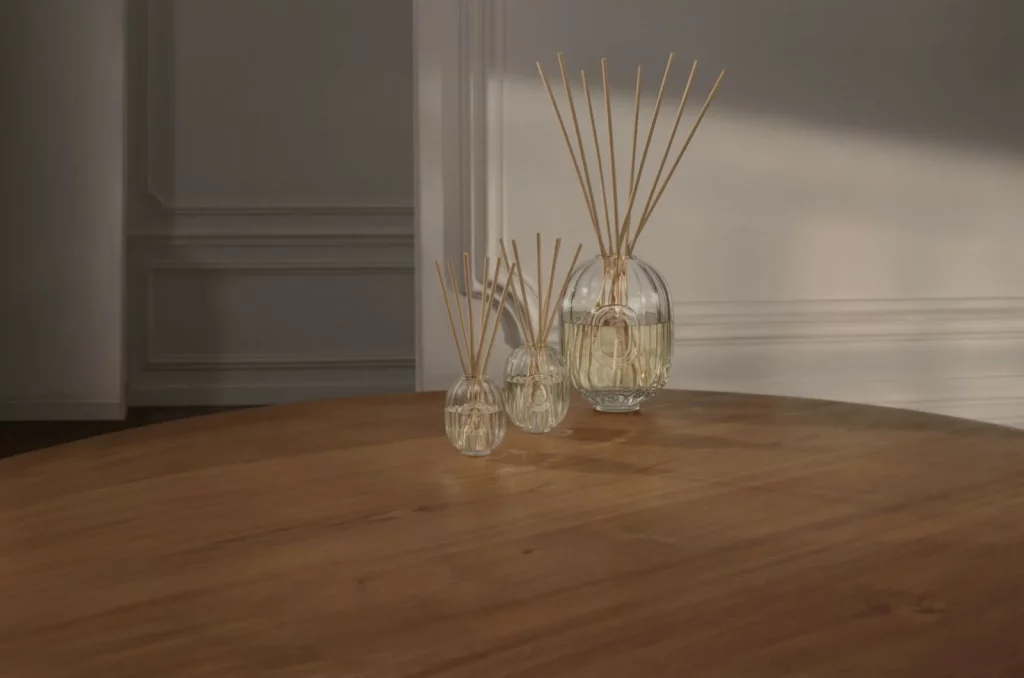From Passive Scent to Smart Mood Programming
Scent has long been recognized as a subtle yet powerful influence on our mood, memory, and physiological state. What was once a passive experience—lighting incense or diffusing essential oils—has now become programmable, intelligent, and responsive thanks to advances in AI and ambient technology. With the rise of smart scent diffusers, your room can now detect stress, track focus, and release tailored olfactory stimuli to modulate your inner world.
The Neuroscience Behind Aroma and Emotion
Olfaction is the only sense with a direct line to the limbic system, the brain’s emotional center. When you inhale lavender, for example, it doesn’t just smell pleasant—it binds to receptors that can modulate GABA activity, promoting relaxation. Similarly, citrus oils can trigger increased alertness via norepinephrine pathways. AI-enhanced scent delivery systems are leveraging this biology, combining biometric data and scent libraries to actively manage our moods.
How Smart Diffusers Work
Today’s AI-powered diffusers connect with biometric sensors, smartwatches, or room-based monitors to receive real-time physiological data. This may include heart rate variability (HRV), skin conductivity, movement patterns, or even voice stress analysis. Based on that input, the diffuser selects a specific blend—or even creates one on the fly—from a cartridge system. Some devices go further, syncing with time of day, lighting, and even your calendar schedule to anticipate what emotional support you might need next.
Programming Scents for Specific States
Imagine this: your diffuser releases frankincense and clary sage at sunrise to support grounding; peppermint and rosemary mid-morning to stimulate mental clarity; and geranium and vetiver in the evening to calm pre-sleep anxiety. With machine learning, these sequences become smarter over time—learning how your body and mood actually respond and adjusting formulations accordingly. It’s a new dimension in personalized environmental design.
Aromatherapy Meets Biofeedback
One of the most promising directions for scent tech is integration with biofeedback. For instance, if your HRV drops—a sign of increased stress—the diffuser might release ylang ylang to restore calm. If your alertness is flagging based on eye-tracking fatigue from your webcam, it could release citrus-mint blends to revive mental sharpness. This synergy creates a closed-loop system where scent becomes part of a living, emotional feedback ecosystem.
Use Cases: From Therapy Rooms to Classrooms
Mental health practitioners are experimenting with these systems to reinforce therapeutic states. In clinical settings, specific aromas can be paired with emotional regulation exercises so that future exposure to the same scent reactivates calmness. In classrooms, scent programming has been used to help students shift from distraction to focus. And in corporate environments, focus-enhancing or stress-relieving scents are linked to biometric team dashboards.

Personalized Scent Profiles and Emotional Histories
AI-powered systems can build “olfactory profiles” based on your past preferences, emotional trends, and biometric reactions. For example, you may respond positively to sandalwood after video calls but negatively to lavender in the morning. This emotional memory is used to refine the diffuser’s future choices—essentially creating a scent-based emotional fingerprint. Over time, your room becomes a responsive emotional cocoon, adapting to support your well-being without conscious intervention.
Integration with Smart Homes and Mindfulness Tools
Many of these devices now sync seamlessly with home ecosystems like Alexa, Google Home, or Apple HomeKit. Picture a scenario where a mindfulness session on your meditation app triggers not just audio but also a curated scent blend to deepen your breathwork. Or a voice command like “start calm mode” dims the lights, plays ambient tones, and disperses sandalwood and neroli. The boundaries between tech and holistic ritual are dissolving.
The Ancient Wisdom Embedded in Code
Despite the AI overlay, many scent programs are rooted in ancient traditions—Ayurveda, Traditional Chinese Medicine (TCM), and indigenous practices. Formulas may align with dosha imbalances, meridian points, or chakra alignments. What changes is not the ingredient, but the delivery: precision timing, personalization, and adaptive sequencing. These systems honor ancient wisdom while removing human error and guesswork.
Ethical Considerations in Mood Manipulation
With the ability to modulate emotional states comes ethical responsibility. Should workplaces have control over employee mood regulation? Can this be abused in settings like retail or advertising? Transparency, user consent, and ethical design must be central as this tech matures. Users should always be able to override or disable scent programming, and personal data must remain confidential and anonymized.
Toward Emotional Architecture
We’re entering an era where the architecture of space is not just visual or acoustic—but emotional. Rooms will be designed not just for function but for feeling. A yoga studio that senses collective energy and adjusts its scent field accordingly. A hospital room that automatically dispenses calming blends based on a patient’s vitals. A therapy space that recognizes grief and subtly supports emotional release through aromatics. This is emotional architecture: where tech meets the soul of space.
Case Study: A Day in a Programmed Environment
Consider Jane, a remote worker with mild anxiety. Her morning begins with an energizing breath practice supported by eucalyptus and bergamot mist. As she tackles deep-focus tasks, her AI diffuser shifts to rosemary and basil. After a tense video call, her wearable detects a spike in stress, prompting a calming patchouli-lavender blend. By evening, her room transitions into a sleep-friendly blend of blue chamomile and sandalwood, easing her into restful, emotionally-integrated sleep. Every stage of her day is gently supported, not controlled, by programmed scent.
Conclusion: Coding Your Sanctuary
AI-powered scent is not just about good smells—it’s about programming your physical environment to support your inner world. With the right tools, you can create a home that doesn’t just respond to you, but anticipates your emotional needs. In a world overwhelmed by digital input, the quiet intelligence of scent may just be the most humane innovation yet.











































